Exploring the Position of Web3 in the Era of AI Waves: Needed or Replaced?
Author: Hedy Bi, OKLink Research Institute
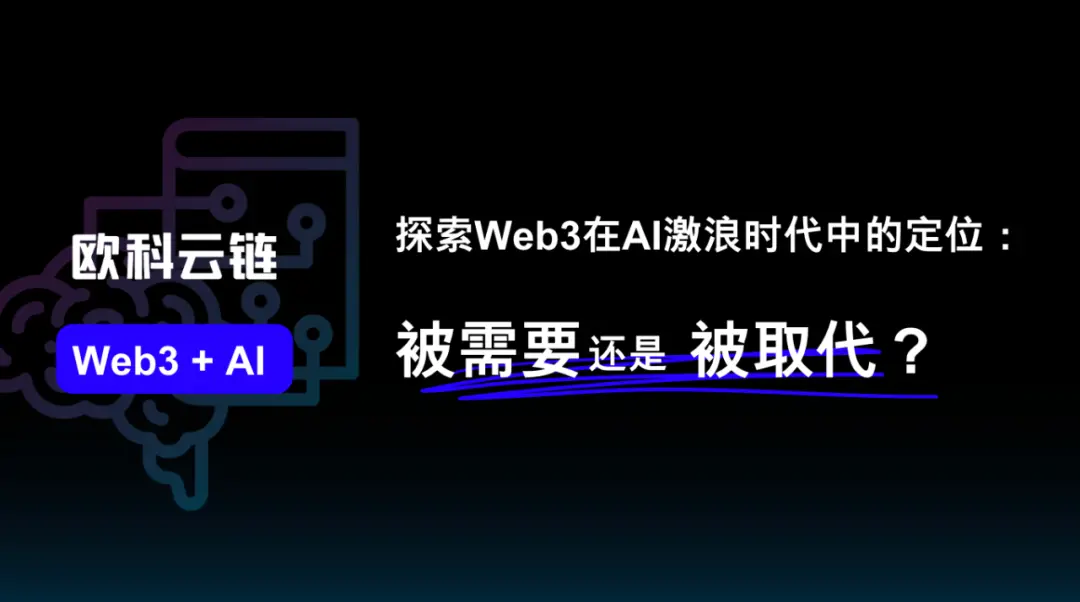
NVIDIA held the GTC 2024 global conference yesterday, where founder Jensen Huang spent two hours introducing the new product line and the iterations of existing products. Elon Musk also open-sourced the Grok-1 model with 314 billion parameters on March 18, along with details of the model's architecture. Since the invention of the Transformer, AI large language models have doubled in size every six months. Amidst the rapid development of AI and frequent news, Web3 seems to be immersed in a market FOMO sentiment dominated by MEME narratives, seemingly diverging from the solid technological development of AI.
As progress in the AI field frequently stirs waves, we can't help but ponder a question: What position does Web3 occupy in the rapidly iterating AI field? Or is it being replaced?
The Only Currency of the New Digital Frontier: GPU
Summarizing the current development stage of Web3 and AI: whether Web3 utilizes AI to break user barriers or the technological integration of AI and Web3 upgrades production relations and productivity from the ground up, both are still in the stage of solving existing real-world problems. For instance, AI serves as an efficiency tool to help Web3 acquire users, while Web3 addresses issues of data privacy and security for AI.
At the NVIDIA conference, aside from the new developments in GPUs, what caught our attention the most was the demonstration of Isaac Robotics' embodied intelligence, which provides simulation training for robots, integrating computational units from the real world with intelligent driving frameworks. In other words, AI enters the real world as its own entity, interacting with people through video, audio, and other forms, and can even gather information and data from the physical world to train itself. From this perspective, AI will evolve from a chat tool into an intelligent productivity tool. Innovation Works, founded by Kai-Fu Lee, also suggested that we are about to enter the AI 2.0 era.
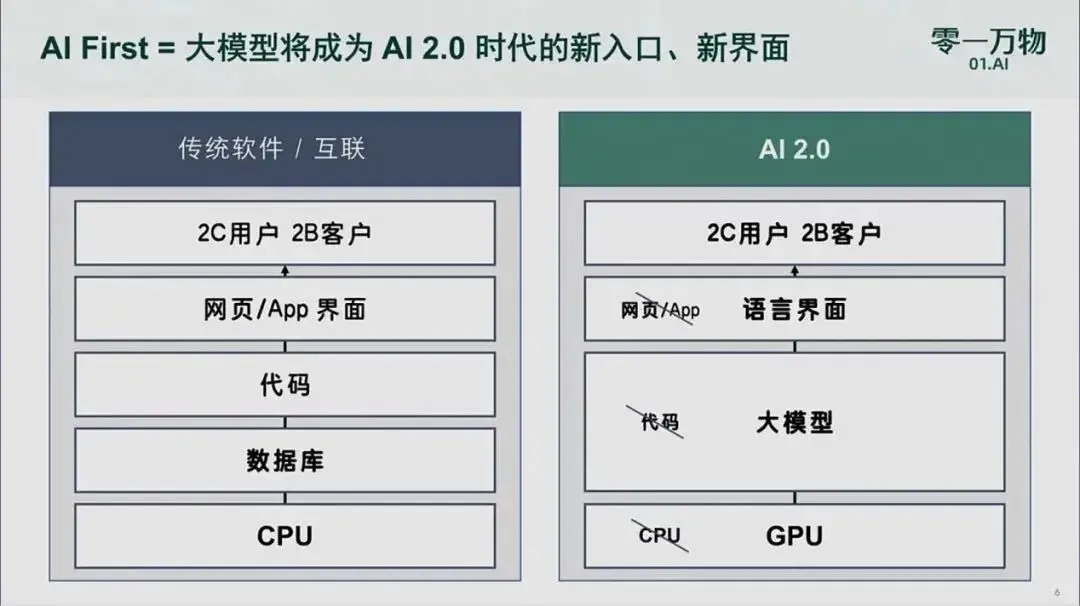 Source: Zero One Everything
Source: Zero One Everything
When we bring the scenario of embodied intelligence into the metaverse, it will become one of the key technologies to bridge the physical and virtual worlds autonomously. In this world, combined with the incentive of Web3's decentralized economic model, we may truly be pioneering a new digital frontier, a broader world.
In this brand-new digital world, we face an important choice: should we simply replicate the real world, or should we create an entirely new digital society? Regardless of which path we choose, computing power will become the most valuable core resource. Currently, GPU production is almost exclusively monopolized by NVIDIA, and the prices are extremely high. Especially after the introduction of the self-attention mechanism in the Transformer architecture, the demand for computing power has surged. In a recent interview, OpenAI CEO Sam Altman also mentioned that computing power will become the currency of the future world.
In light of this reality, we must think deeply: how can monopolized GPUs more friendly and fairly promote social innovation? Or fundamentally, how can we achieve a more equal and just distribution of computing resources to foster innovation and development? This is an important issue that requires our collective reflection and effort to solve.
Web3 Technology Will Become the Last "Firewall"
Web3 is the best answer to this question and also the last "firewall" for AI.
For Web practitioners, computing power has been an indispensable resource since the birth of Bitcoin. With Bitcoin halving, the opening of the spot ETF channel, and the promotion of complex computing technologies like zk, the demand for computing power in Web3 is rising just like in artificial intelligence, which will inevitably trigger competition among major tech companies for computing power. According to the "2022-2023 Global Computing Power Index Assessment Report," the global AI computing market size is expected to grow from $19.5 billion to $34.66 billion. The decentralized technology of Web3 will provide a good solution to this problem.
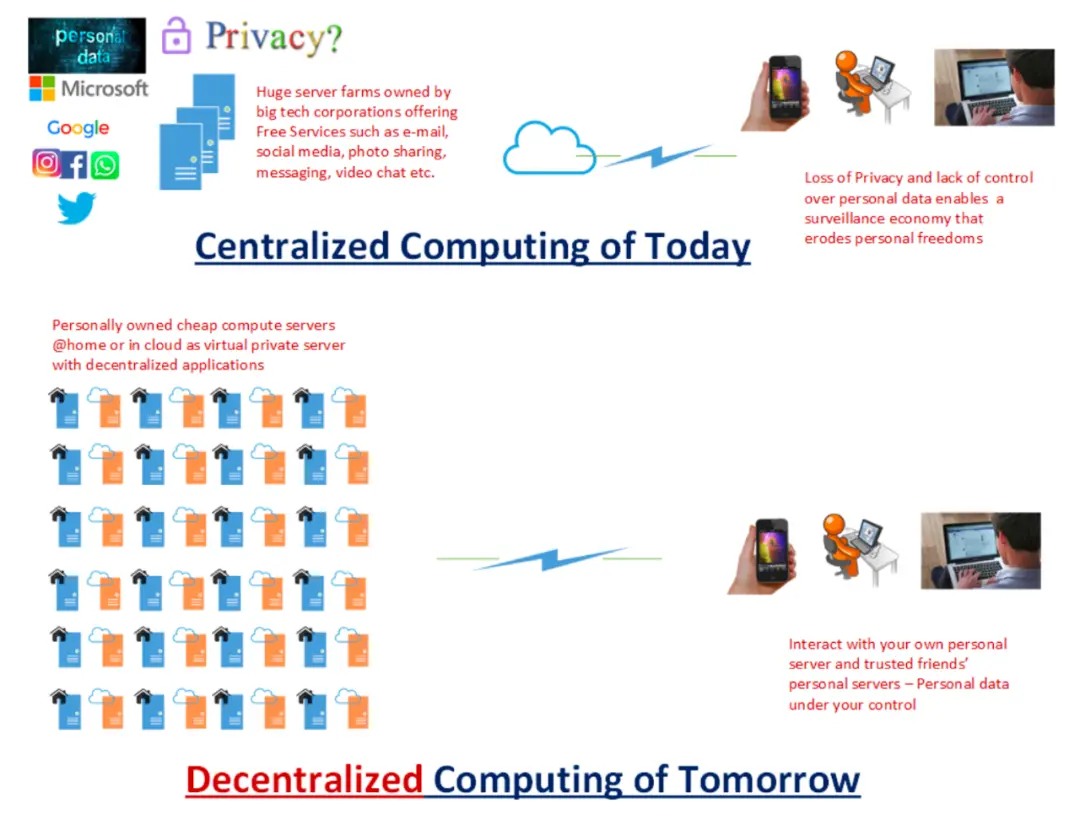 Source: Network
Source: Network
Currently, there are some promising Web3 projects in operation. At the NVIDIA conference, Web3 projects like Render and Near were also invited to participate in keynote speeches and panel discussions. These projects are beginning to play an important role in the decentralization of computing power by utilizing blockchain technology and smart contracts to manage the allocation and utilization of computing resources. For example, Akash, founded in 2015, and Render Network, launched in 2020, although targeting different niche areas, their main architecture allows nodes to trade computing power resources on a market platform by contributing their resources, providing developers with a way to access computing power. All these activities are based on Web3's blockchain technology and smart contracts, avoiding the monopoly of resources by centralized organizations.
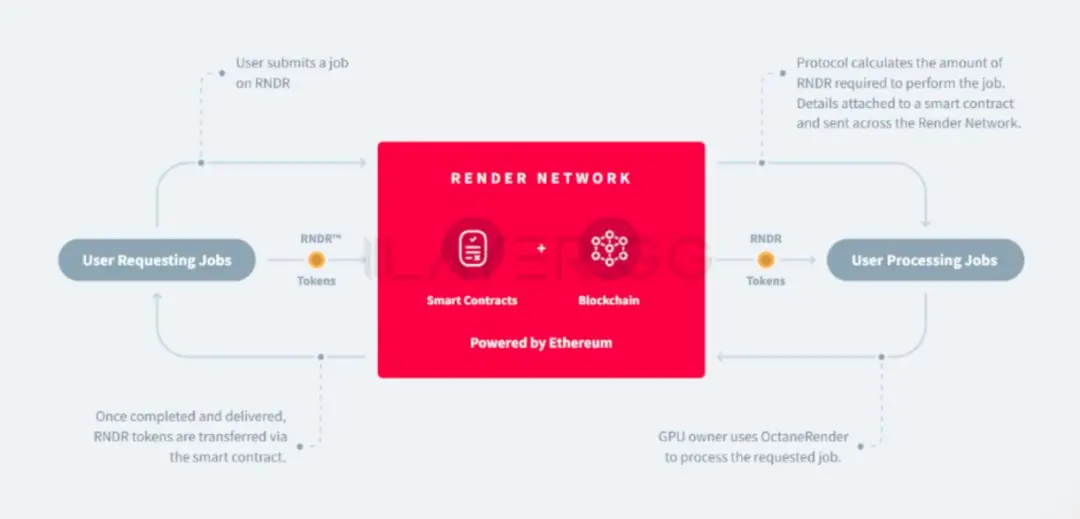 Source: @layerggofficial
Source: @layerggofficial
Computing power is just one of the most prominent issues we see today. In terms of AI governance, in a recent interview between Lex Fridman and OpenAI CEO Sam Altman, Lex posed the question of who will gain immense power if someone creates AGI first, and how should it be governed? Sam seriously replied, "No one, including myself, should have absolute power." In the face of these significant technological breakthroughs, it becomes particularly important to rethink systems, emphasize ethics, and strengthen global cooperation to avoid the misuse of technology and adverse consequences.
The Fusion of AI and Web3: The Ultimate Pursuit of Autonomy
In addition to Web3 becoming the last firewall in the continuous development of AI, both share a common origin in terms of technological values. Looking back at the technological development history of AI, Web3, and cryptography, we find that Web3 and AI share an ultimate pursuit of autonomy. This technological value is not a new phenomenon. As early as 1948, "Cybernetics: Or Control and Communication in the Animal and the Machine" began to explore the control and communication processes between animals and machines, promoting research and discussion in fields such as human-computer interaction and AI ethics.
The foundation of Web3 also stems from the struggle for the pursuit of "autonomy"—the cypherpunk movement, whose core idea is to promote personal privacy and freedom through cryptographic technology. Bitcoin, created by Satoshi Nakamoto, emerged from attempts like Digicash and B-Money. The geeks hoped to achieve a fairer and more transparent network through decentralization, where protocols and organizations could operate autonomously through code that represents consensus, thus preventing monopolies or abuses of power resulting from excessive concentration of resources.
The co-originating Web3 and AI not only represent the tech community's pursuit of autonomy but also symbolize the awakening of consciousness that is currently emerging. To protect human innovation and progress, only the decentralized technology of Web3 can govern technology through technical mechanisms, becoming the last firewall for humanity. The continuous development of AI not only creates demand for the AI industry itself but also presents a challenge that only Web3 can solve.
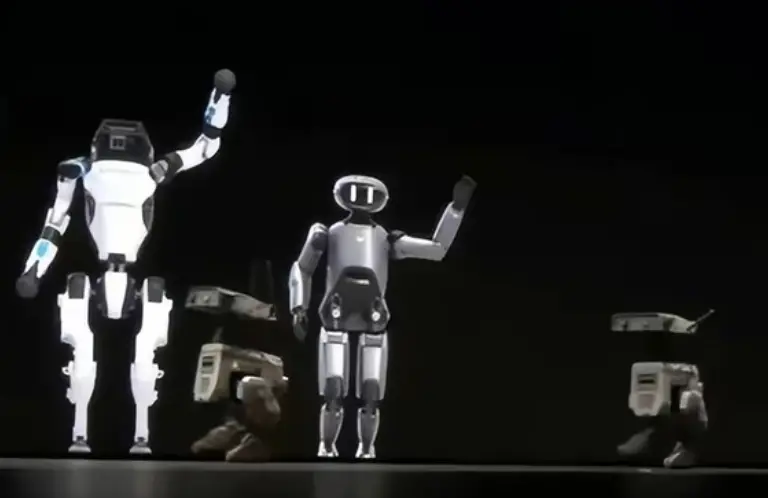
Source: NVIDIA
References:
"Attention Is All You Need", Ashish Vaswani, Noam Shazeer, Niki Parmar, Jakob Uszkoreit, Llion Jones, Aidan N. Gomez, Lukasz Kaiser, Illia Polosukhin
"Bitcoin And Crypto Currency - A Brief History Everyone Should Read", Bernard Marr
"Potential Track Outlook: Decentralized Computing Power Market", YBB Capital Researcher Zeke









